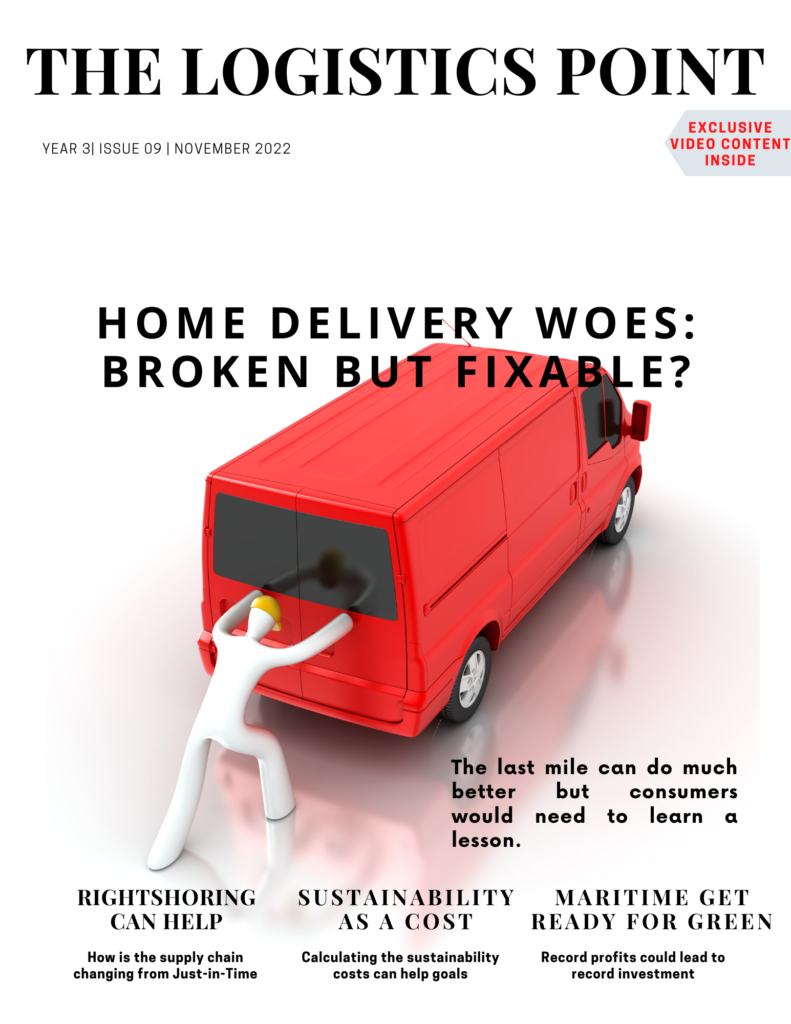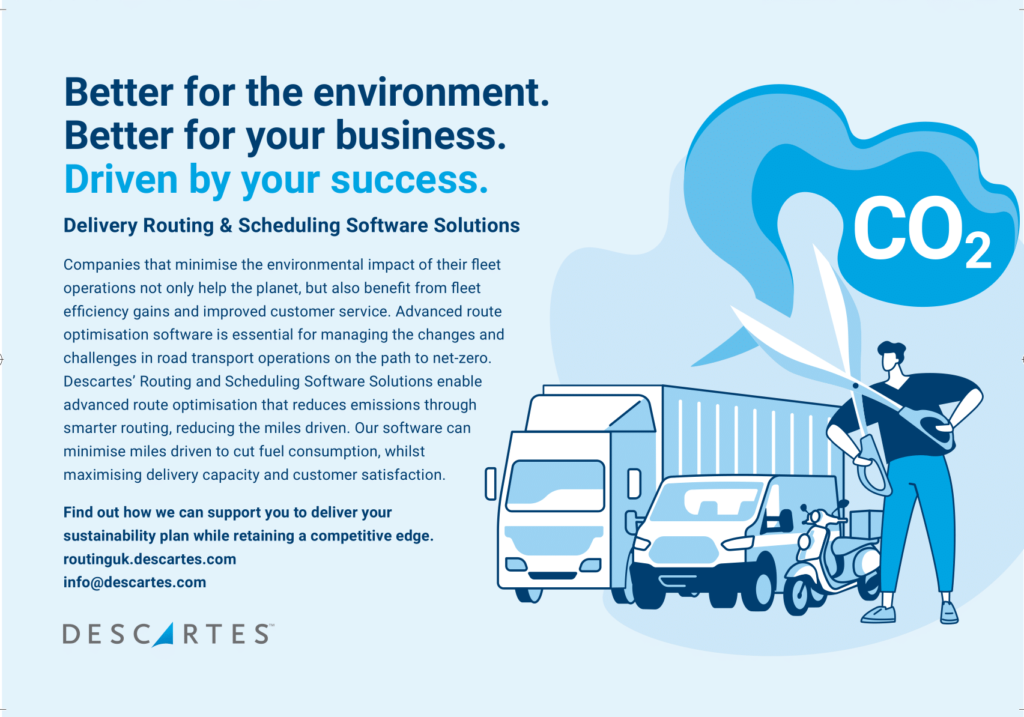Amid the ongoing energy crisis and news that the government is testing emergency plans for energy blackouts, businesses are being warned to correctly configure their IT estate, or risk costly impacts this winter, according to technology services provider Probrand.

Short rolling power cuts are a real possibility, with the National Grid confirming it is considering blackouts to manage an energy shortfall due to supply issues in Europe.
In the event of a power cut, businesses that rely on on-premise data centres would see the power to their units cut, potentially for hours at a time. All critical infrastructure should already be protected by an uninterruptible power supply (UPS) to manage temporary losses of mains power and provide a backup source – but these are typically only specified to run the critical infrastructure for around 30 minutes and instigate a clean shut down.
If the UPS fails, the battery capacities are low, or the UPS has not been configured correctly, the IT equipment it is meant to be protecting will suffer what is known as a ‘dirty shutdown.’ That is where the power is suddenly removed without running through the correct shutdown procedures, and this can cause a loss of data along with a host of other issues that pose a risk to businesses.

Richard Nelson, senior technical consultant at Probrand, said: “Our helpdesk is already receiving calls from businesses who are worried about this issue, but there are many other organisations who won’t have even considered the impact that an energy blackout could have on their operations.
“Dirty shutdowns can be incredibly costly to a business, resulting in lost data that may be impossible to retrieve and potentially mean hours – or even days – of downtime. This kind of loss could even prove fatal to a smaller business, at a time when the cost of doing business is continuing to rise. The good news is that there are pre-emptive measures you can take to protect your business, but I would urge people to implement these steps as soon as possible.”
- Check the battery life and configuration of your UPS
Make sure your existing UPS is up to speed and working well. Check that batteries are holding charge by regularly testing them, confirm the estimated runtime is sufficient for your needs and that all remote shutdown features are configured correctly. The battery life of a UPS can deteriorate over time, so if yours was installed more than three to five years ago, it might be time to upgrade some of the components or even the device itself.
- Consider an upgrade
Rolling blackouts could last for three hours at a time, so it’s important to make sure your UPS device will give you the level of protection you require. Most UPS solutions will not run a rack of equipment for three hours, therefore it is imperative that your solution can control the clean shutting down of equipment and possibly even restarting when the power returns. You might need to invest in a new UPS, so consider this sooner rather than later – it is better to make a purchase before demand spikes. Allow plenty of time for your new UPS to be installed and configured correctly – and note that if it is physically larger than your old device, you may need to re-stack other equipment accordingly.
- Create a contingency plan
Even in normal circumstances it is wise to have a contingency plan to pre-empt any unexpected power outages, but this is particularly important in the current climate. If you know that power might be cut overnight, for example, ensure your IT team have planned around this and that any updates and backups are performed at a time of day when the mains supply is guaranteed to be active. Make sure you have full backups of all data and configurations of all equipment, including servers, SANs, switches and routers. Having a contingency plan will not only help in the event of planned energy blackouts but could provide invaluable in the event of an unforeseen emergency.
- Explore cloud solutions
While some people still view them as a safety net, on-premise infrastructure carry an element of risk. Cloud computing has come a long way in recent years and is now considered one of the safest methods of data storage. Now could be the ideal time to consider moving your operations to the cloud and adopting a hybrid approach, or even removing the need for on-premise data centres altogether.


